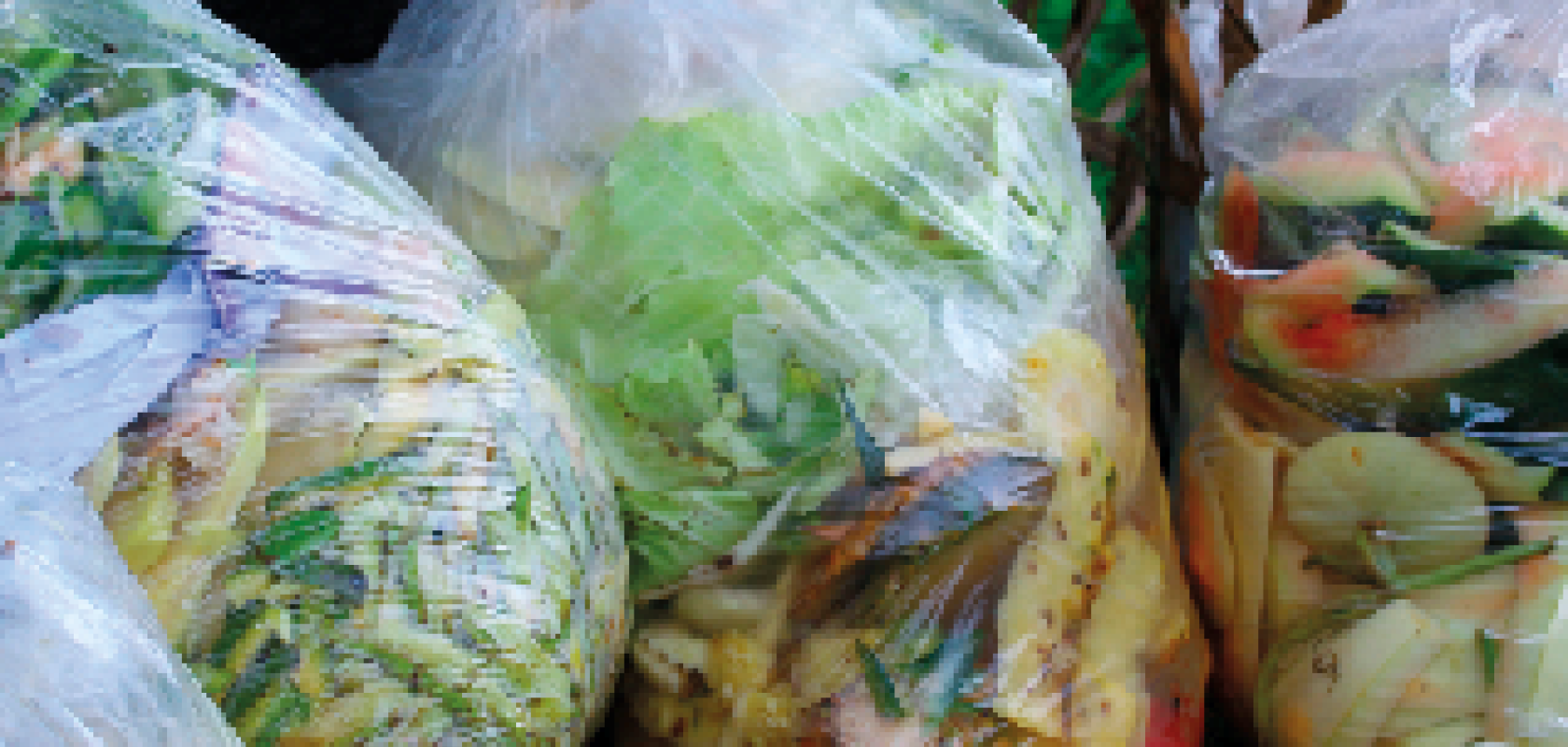An EU-funded initiative is using photonics to reduce food waste and increase its safety. Sabine Runge, communication and project manager for photonics cluster Secpho, a project partner, details how these challenges will be met
FoodPackLab promotes the collaboration between food processing, packaging and photonics sectors in the EU in order to identify and solve food processing and packaging challenges that limit food shelf life.
It is the European Strategic Clusters Partnership, launched by five European clusters from photonics, packaging and food industry under the European Strategic Clusters Partnerships Going International (ESCP4i) programme, including partners Secpho, Packaging Cluster, Opticsvalley, FoodRegio and Food-Processing Initiative. FoodPackLab actions will result in improved food safety and will have a positive impact on the EU economy, thanks to the optimisation of resources and employment generation. It therefore aims to gain a leading role in the food packaging and safety sector worldwide.
The world’s population is constantly increasing, which compromises the food industry’s resources and safety. Hence, real innovative actions need to be introduced. The European Technology Platform, Food For Life, defined several key aspects on which the food industry needs to focus innovation: food processing; increasing hygiene and food security; reducing food waste; and enhancing the information received by the consumer, especially regarding labelling.
Among all the listed key aspects, both photonics and packaging have a huge potential. In fact, packaging is one of the steps of the food value chain, like food processing or retail. However, including packaging-focused clusters in addition to food clusters means integrating solutions from other sectors. And, this means that solutions developed from this project will demonstrate a diverse range of innovation.
Furthermore, packaging has an enabling role in the circular economy by optimising resources, reducing waste and extending the value of products. In the life-cycle approach, trade-offs play an important role, since every change in a step of the value chain can affect another step. Each introduced change must be carefully adopted. For example, reducing packaging can lessen the pack’s ability to protect or preserve the product if it is not correctly adopted. It is estimated annual food waste in the 27 EU member states is 89 million tonnes (almost 100 million tonnes according to the 2014 estimate) and food packaging was acknowledged to be essential to the aim of decreasing the food waste.
The main photonics technologies that take part in the food industry are: sensors, scanning and imaging, for analysis and control; laser systems, for labelling and measuring; and advanced lighting, for crop yields and indoor farming facilities.
Beyond these, photonics has shown potential in real-time monitoring of food quality critical parameters, either solids or liquids; the detection of pathogen bacteria and residues, such as pesticides in food matrices; package control and thermal sealing; recycling material and recycling potential; active and smart packages; and measurement of fruit maturity.
In fact, several projects and initiatives have already appeared from the collaboration of photonics and the food industry in Spain: three workshops on photonics and packaging (2012 and 2013); Oxipack project on food packaging (2015); five workshops on food value chain (2012-present); and three projects on food value chain (2015-present).
With the Oxipack project, Packaging Cluster and Secpho developed a system to improve the level of food safety by using a sensor to detect the level of oxygen, so that it does not pass the safety limit.
The Spanish Packaging Cluster has also worked in circular economy projects previously, in collaboration with the Catalan Agency of Residues in Spain. One, related to the food industry, worked on the development of meat packaging to enable the recycling potential of meat products. After demonstrating the potential in Spain, it’s clear that enlarging the scope and range of participants in the industry will lead to a better result. EO


